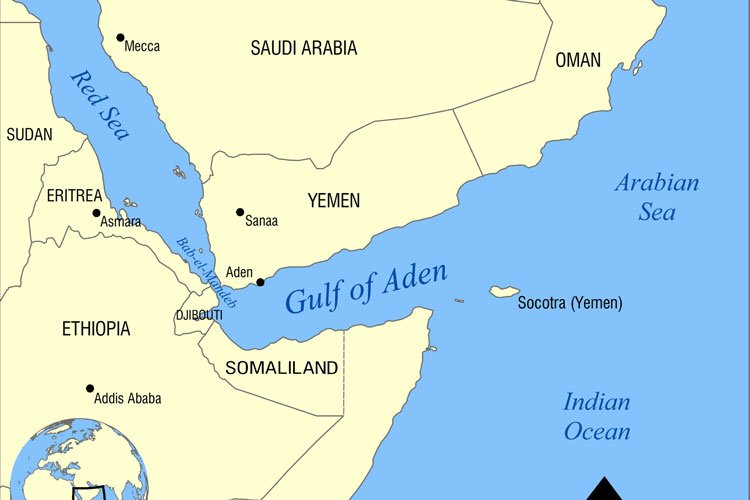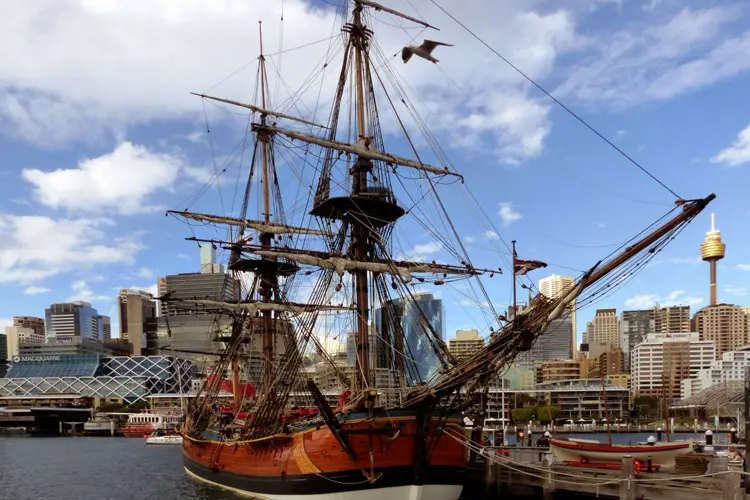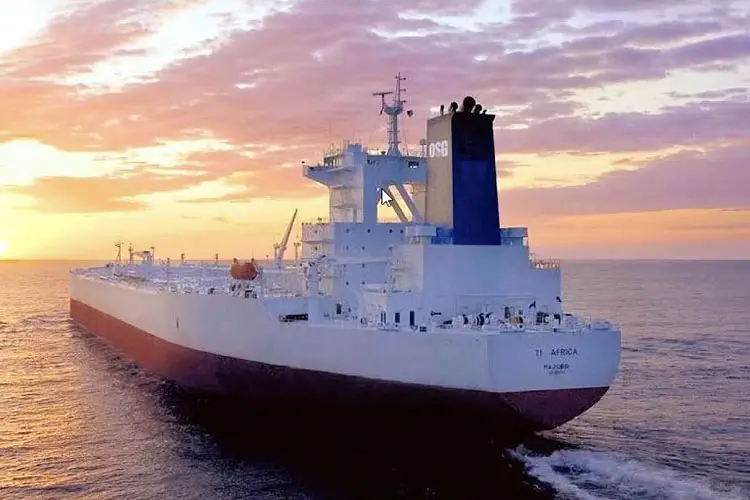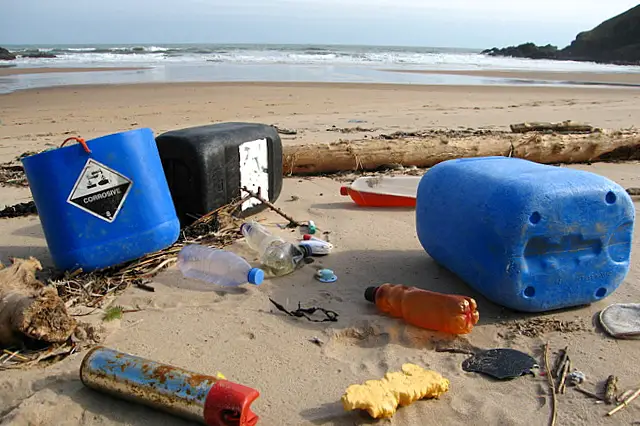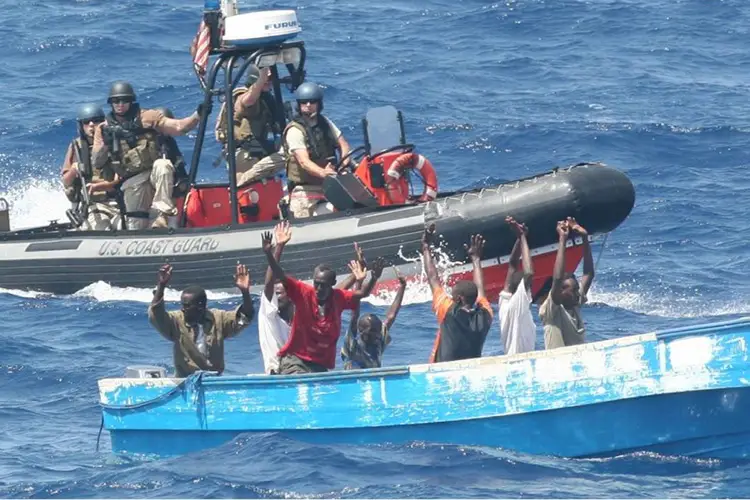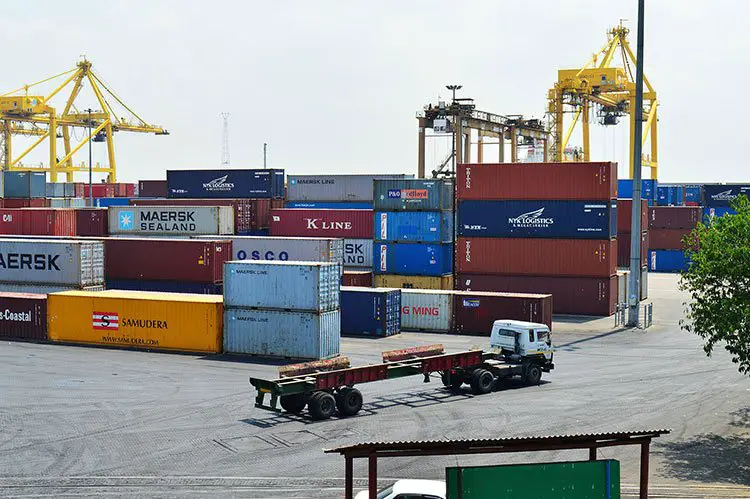What Is A Ro-Ro Ship?
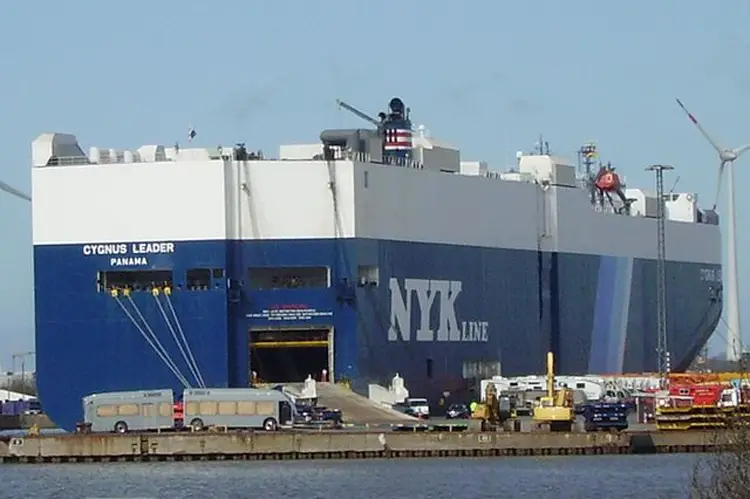
Roll-On/Roll-Off Ship
A roll-on/roll-off (RORO or ro-ro) ship is a vessel designed to carry wheel cargo, like cars, trucks, trailers, etc. As opposed to lift-on/lift-off vessels that use cranes to load and unload cargo, an RO-RO ship relies on self-propelled modular transport that is driven on and off the ship.
The term Ro-Ro is mostly used to describe large ocean-going vessels, that have either built-in or shore-based ramp for efficient movement of cargo by rolling them on and off, when in a port. Normally, this ramp is situated in the stern or the bow of the vessel, but it varies from vessel to vessel.
The first use of ro-ro ships was seen in the 19th century where they were built for the purpose of carrying railway vehicles that were too wide to be transported via bridges and had to use the rivers instead. The Firth of Forth started operating in 1851 and happens to be one of the earliest examples of a ro-ro ship.
There are several variations in ro-ro ships, e.g., cargo ships, cruise ferries, ferries, and barges. In general, cargoes are measured in metric tonnes. However, the unit of measurement for ro-ro cargo is a lane in meters or simply LIMs.
How do you calculate it? First, you take the length of the cargo in meters and then you multiply that number by its width in a lane. Then you multiply that product by the number of decks to get the final result. There are several industry standards when it comes to lane width and thereby differs from vessel to vessel.
Ro-ro ships can come in several types such as ferries, cruise ferries, barges, and of course, cargo ships.
Some ro-ro ships are used exclusively for the transportation of cars and trucks across the oceans. These are known as Pure Car Carriers (PCC) or Pure Truck and Car Carriers (PTCC) based on what they are transporting.
The MS Colour Magic entered service in September 2007 and happens to be the largest ro-ro passenger ferry. It has a length of 223.70 m and a width of 35 m. It has a gross tonnage of 75,100 GT and has the capacity to carry 550 cars as well as 1270 LIMs of cargo. It was built in Finland by Aker Finnyards.
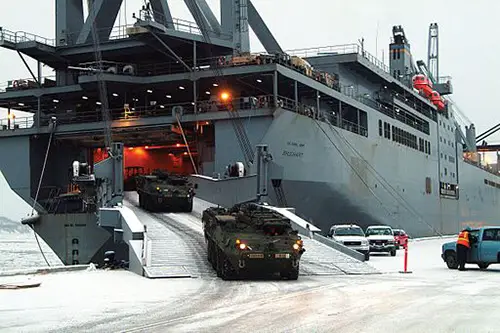
What are the advantages of a Ro-Ro ship?
Compared to traditional ships, the ro-ro ships present several advantages:
- The first and most important advantage is speed. The entire process is so much efficient as the cars and trucks just drive on to the ship at one port and drive out the other. Thus, the shipper is not needed to spend too much time on the cargo, and this makes the entire process very fast.
- Ro-Ro ships also have good flexibility in terms of integrating with other transport development such as containers. This is another significant advantage. Nowadays, security seals are used for shipping containers, which is a cheap and hassle-free way of providing tamper evidence. This has made the crossing of frontiers much more efficient and hassle-free which is good for the shipper.
- This also helps car owners who have to travel from one place to another for work or holiday and require taking their cars to that new place.
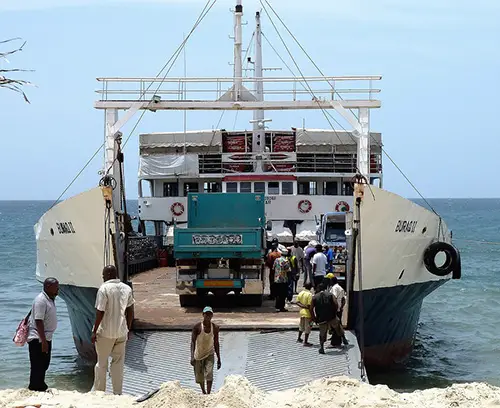
When are Ro-Ro Ships used?
- When the cargo is in the form of a vehicle or has wheels. In this way, they can be easily rolled on and rolled off
- When speed is needed
- When cost is a factor
Variations in RORO ships
ROPAX
The ro-ro vessels that are used for freight vehicle transport alongside passenger accommodation are known as ROPAX that is short of roll-on/roll-off passengers. Generally speaking, all ferries that can handle both passenger accommodation as well as comes with roll-on/roll-off car deck may be said to fall under this category. But that is not the case. Any ship that can handle more than 500 passengers falls under the cruise ferry which combines the features of a cruise ship and a Ro-Pax ferry. Many passengers use the latter just for the cruise experience staying for a little to no time at the destination ports while others use it solely for transport.
ConRO
This is a hybrid vessel using the concepts of a RORO ship and a container vessel. A ConRO usually has two places for storage – the below-deck area that is used for storing vehicles and the top decks that are used for stacking containerized freight. ConRo ships, like the fleet of Atlantic Container Line, have the capacity to carry a total of 1,900 twenty-foot equivalent units (TEU) of containers, up to 1,000 TEU of heavy equipment, project, and oversized cargo on three decks. Up to 2,000 automobiles can be accommodated on five decks. Separate internal ramp systems are allotted for automobiles and other vehicles, e.g., Mail trailers, break-up cargo, etc.
RoLo
Another hybrid type vessel is the RoLo, acronym for roll-on/lift-off. It comes equipped with ramps serving vehicle decks. However, the cargo decks are accessible only with the help of cranes.
LMSR
Large, Medium-Speed Roll-on/Roll-off (LMSR) are mostly Military Sealift Command (MSC) roll-on/roll-off type cargo ships. Some are purpose-built for military cargo, while others were converted.
Named after James Joyce’s famous novel, the Ulysses happens to be the ro-ro passenger ferry with the greatest car-carrying capacity. It weighs 50,938 GT and is 209.02 m long and 31.84 m wide. It started its service on 25th March 2001 and has the ability to carry 1342 cars and 4101 LIMs of cargo. It is owned by the Irish Ferries and its operating area is between Dublin and Holyhead.
RoRo Shipping Companies
- American Roll-on Roll-off Carrier
- Bahri (company)
- CSAV
- Eidsiva Rederi
- EUKOR
- Euro Marine Logistics
- Fesco Transport Group
- Grimaldi Group
- Hyundai Glovis
- K Line
- K Line European Sea Highway Services
- Leif Höegh & Co
- Mediterranean Shipping Company
- Messina Line
- Mitsui O.S.K. Lines
- Nippon Yusen
- Nissan Motor Car Carrier
- OT Africa Line
- Pasha Hawaii
- STX Pan Ocean
- Toyofuji Shipping
- United European Car Carriers
- Wallenius Lines
- Wallenius Wilhelmsen Logistics
- Wilh. Wilhelmsen

